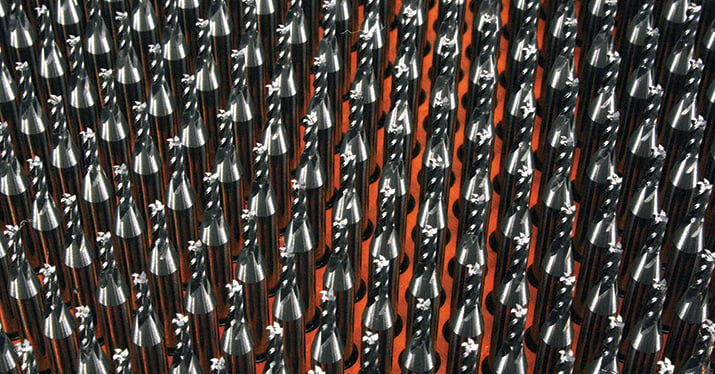2 min read
Avoid out-of-tool disruptions and stabilize pricing with blankets
For long-running product lines with well-established cutting tool usage, blanket orders are an easy way to ensure that...
By: MITGI on Mar 31, 2025 8:15:00 AM

For long-running product lines with well-established cutting tool usage, blanket orders are an easy way to ensure that pricing is optimized and inventory is available. Setting up blanket orders is fast, requires little effort, and creates supply chain stability. MITGI offers blanket orders to help companies achieve price/tool goals, avoid out-of-tool manufacturing disruptions, and maintain stable pricing.
Here are some of the most frequently asked customer questions regarding blanket orders:
Q: If our line has been running for years and the estimated annual usage (EAU) is predictable, are we a good candidate for a blanket?
A: Yes, the tools used in that line are ideal candidates for blanket orders.
Q: This tool has been identified for continuous improvement (CI) later this year. If we have a blanket on one tool number, can we move the balance of the blanket over to a different SKU?
A: No. If you place a blanket for 100 tools but want to make a change after you’ve only taken delivery of 50 tools, you’re still committed to pay for the last 50 tools on the original blanket. Blanket orders cannot be transferred from one part number to another.
Q: Is there a minimum order quantity (MOQ) for blanket orders?
A: No, there is no minimum blanket order size.
Q: Is there a maximum blanket order size?
A: No, blanket orders can be set up for any quantity. However, price breaks max out at qty 250. If you place a blanket order for qty 500, all 500 pieces will be at the 250-piece price. The advantage here is that the pricing is locked in for the duration of the blanket. All prices are reviewed when quoting or re-ordering, so establishing a blanket helps maintain pricing stability and minimize price increases.
Q: What is NOT a good candidate for a blanket?
A: Anything you’re not willing to buy within a year. We do not recommend placing blanket orders for more than 12-mo usage. Things can change, and keeping it within a year helps to mitigate the risk.
Q: What’s the difference between a regular blanket and a blanket with a ship schedule?
A: A regular blanket allows you the flexibility to take tools as needed to meet upcoming production demands. Send an email to let us know you’d like to release tools from a blanket order, and we’ll get it underway. Ship schedules are set up with pre-determined ship dates and quantities. This is a good option if usage is predictable and steady throughout the year. Dates can be pushed out or pulled in whenever needed.
Q: Do we have to pay for all tools at the time of order?
A: No, tools are invoiced as they ship.
Q: Do you build all the tools at once, or do you wait until we request a release?
A: In most cases, we build all of the tools at once. For high-quantity jobs, we may build them in batches throughout the year but ahead of demand to ensure there are always enough on the shelf to ship when requested.
Q: What happens if we don’t take delivery within 12 months?
A: We’ll let you know when you’re nearing the end of the blanket timeframe if there are still tools on the shelf. We’ll work with you to develop a plan to take the remaining inventory.
If you have long-running jobs with well-established cutting tool usage, it may be worth considering blanket orders. Contact us to discuss blanket options, pricing, and inventory levels. Our team is ready to help you find the balance between price optimization and risk.
Mar 31, 2025by MITGI
For long-running product lines with well-established cutting tool usage, blanket orders are an easy way to ensure that...
Mar 27, 2025by MITGI
High-volume, low-mix production environments count on predictability to keep their long-running jobs profitable and on...
Mar 4, 2025by MITGI
When jobs run for many months or years, it may be worth exploring whether there are advantages in moving to a higher...